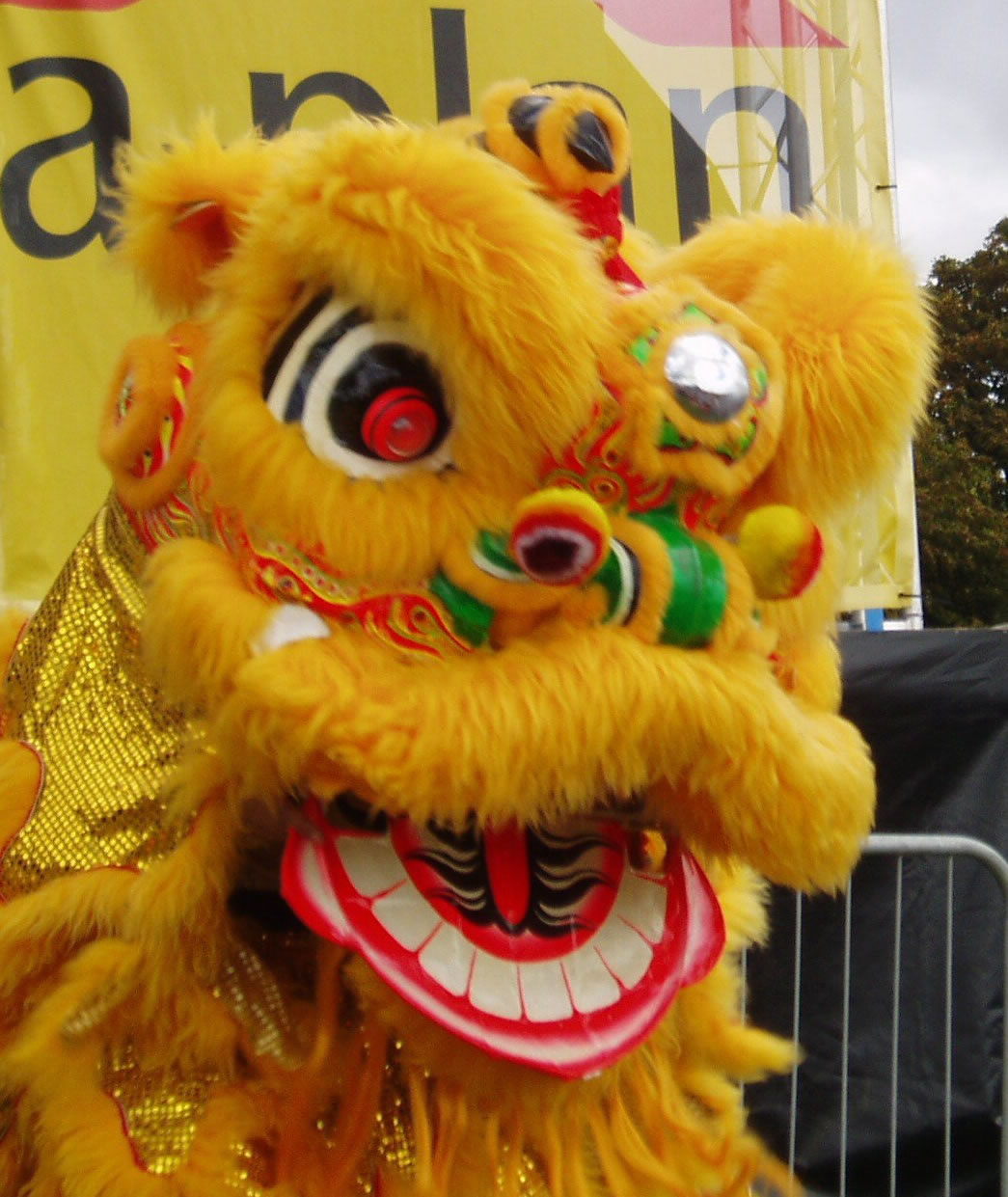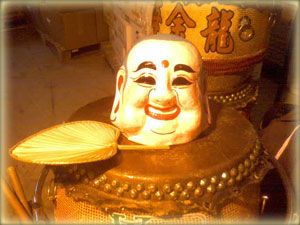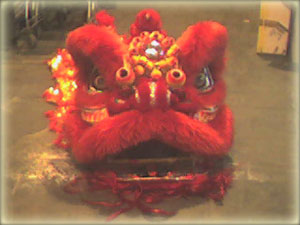Lion Dance
The history of lion dancing dates back more than a thousand years and has always been an integral part of chinese culture. The lion itself is regarded as a guardian creature to drive away evil spirits, which is why many ancient buildings and palaces you see today, have lion statues guarding the entrances. Although there are many stories on how lion dancing came about, most will agree that the dance is said to bring good luck and prosperity. For this reason, it is very common to see the lion dance being performed on special occasons, such as festivals, birthdays, weddings, opening of businesses and the Chinese New Year.
Traditionally, a typical performance usually involves two performers (representing the head and tail of the lion) mimicking the movements of the lion, accompanied by the sound of a drum, cymbals and gong. The person responsible for the head portrays the emotions of the lion whilst the tail coordinates its movements with the front, and in some cases carrying out acrobatic stunts.
Lion dancing has become very popular over the years and practised within chinese communities across the world, especially with the younger generations. Lion dance competitions have also gained widespread popularity and media coverage. These performances require the dancers to jump between poles (or Jong), demonstrating accuracy, coordination and acrobatic skills. |
|
Lion Dance Styles
There are two main styles, the northern lion dance and southern lion dance. The northern style originates from the seaport city of Ningbo (northeast China) while the southern style is based around Guangdong province in southern China.
The northern style was primarily used as entertainment for the imperial court. The lion is usually red, orange, and yellow in colour, is hairy in appearance, with a flat golden head and a coloured bow on its head. The performance generally involves acrobatic stunts and playing with a giant ball amongst other toys.
The more common southern style has itself many variations, Fut-San (Buddha Mountain) and Hok-San (Crane Mountain) being the popular ones. At present, Dragon of The South teaches the traditional Fut-San style, which incoporates powerful moves/stances often used in Kung-Fu, thus requires strength and stamina from the dancers. Hok-San style on the other hand has a lighter lion head and shorter body, making it ideal for performing stunts and the preferred choice for pole jumping competitions. Hok-San combines the movements of both northern and southern styles, the drum beat is also significantly different. |
|





